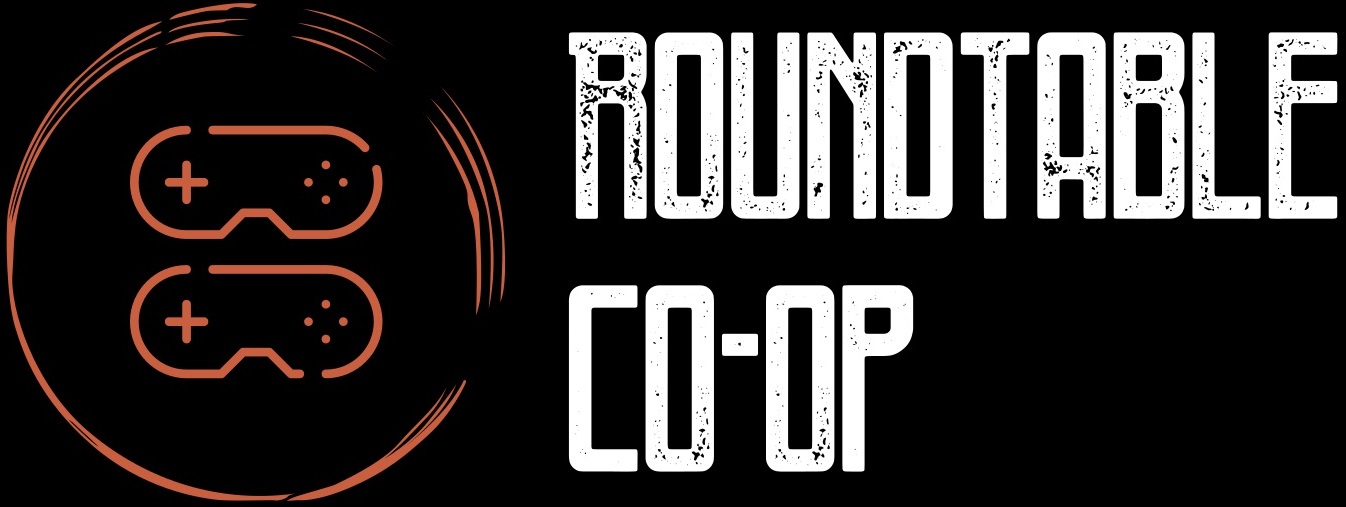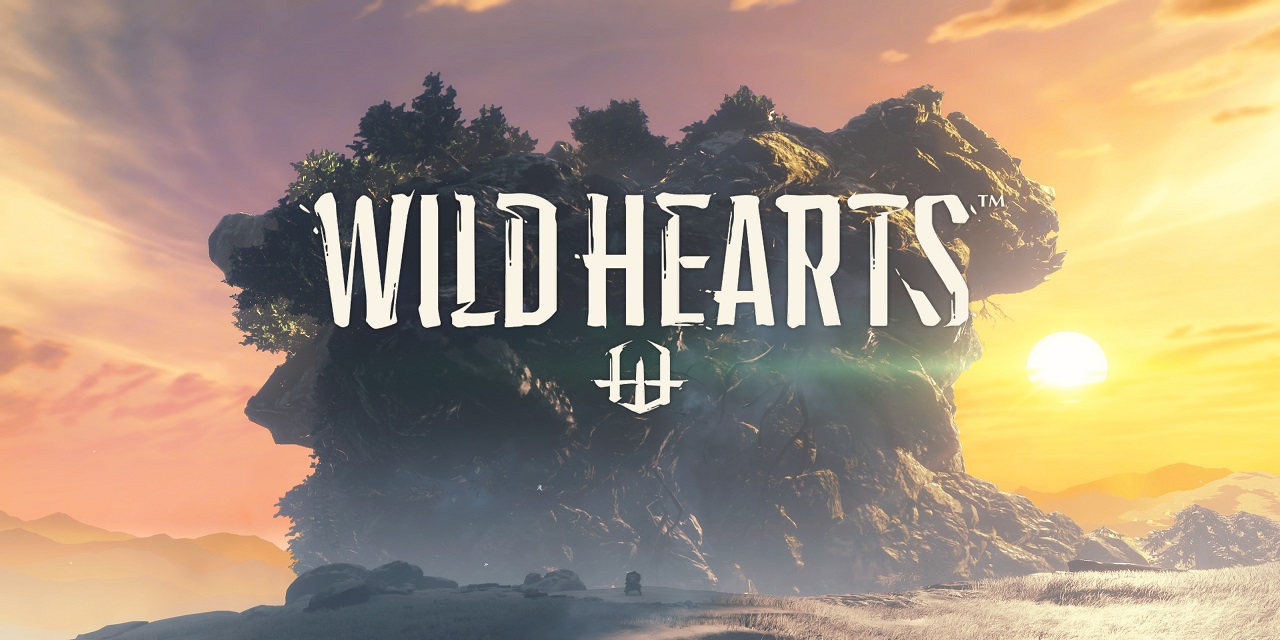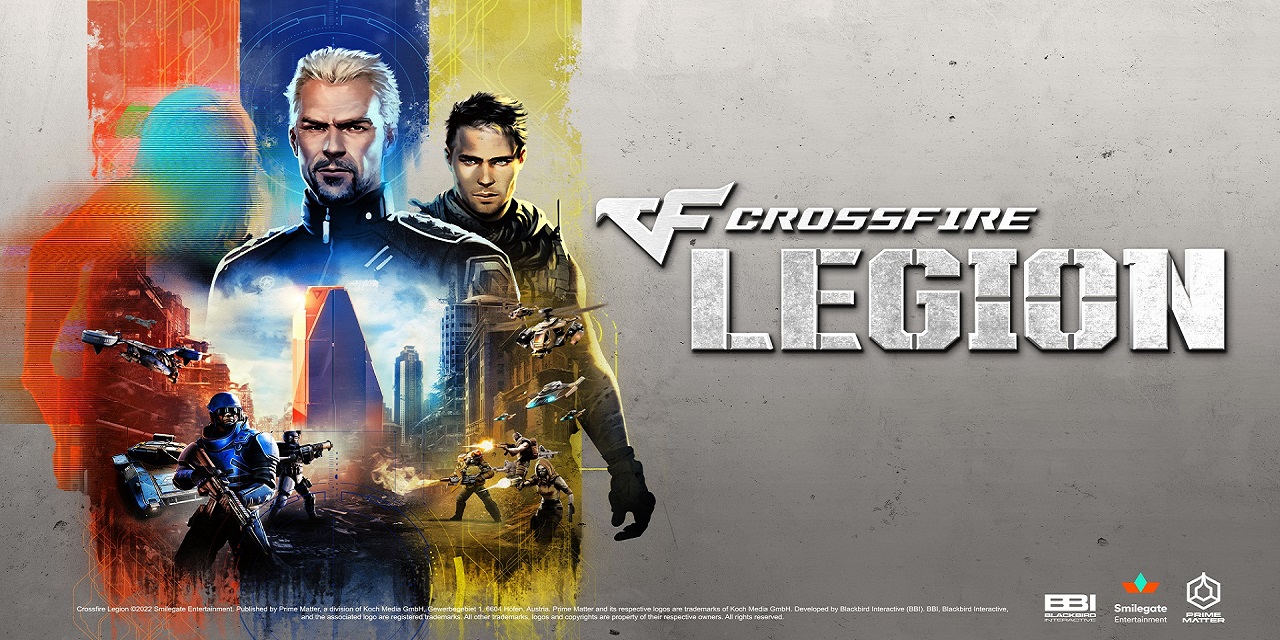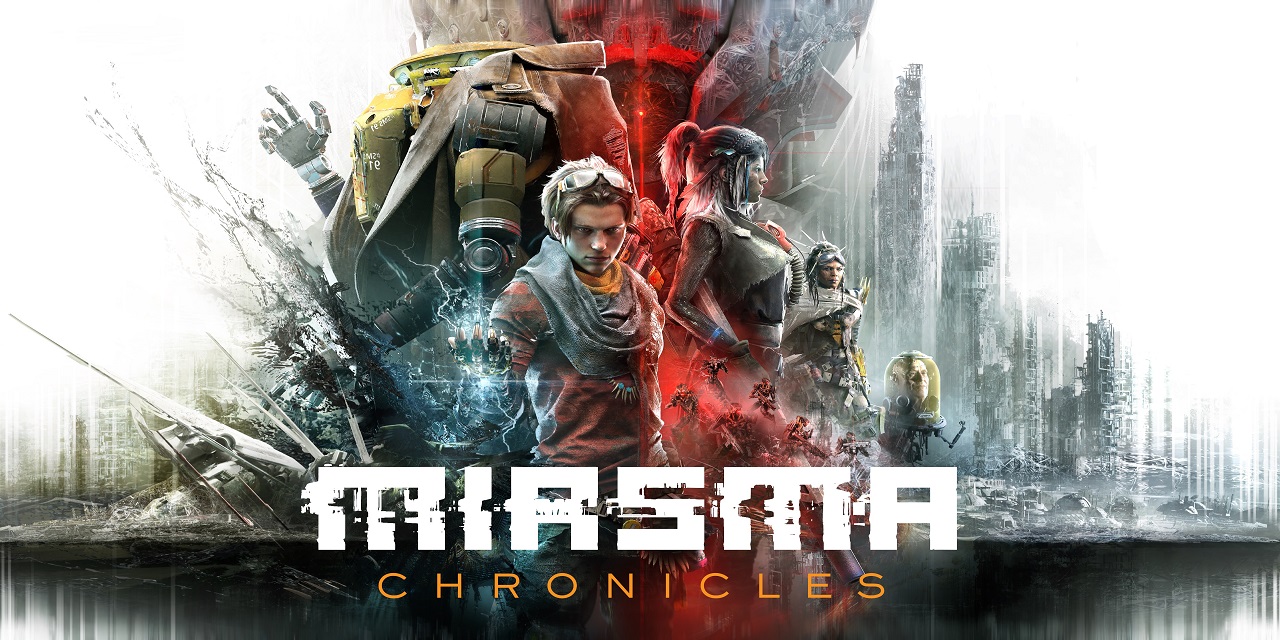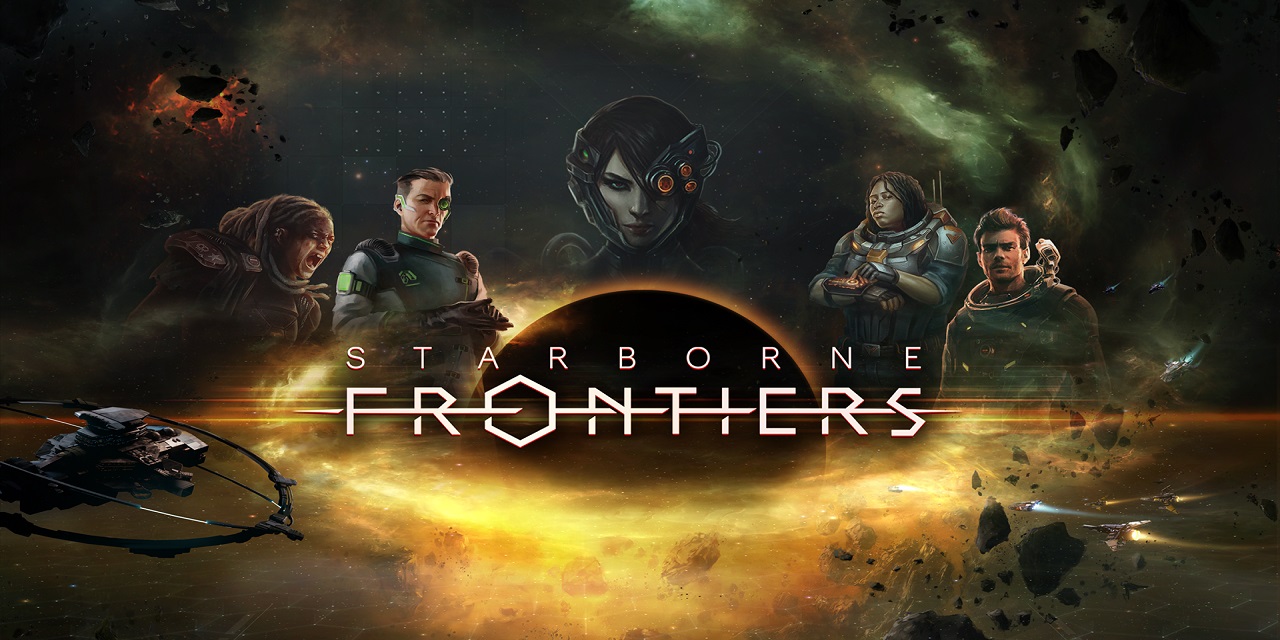Wild Hearts is an open world hunting game by developers Omega Force, a Japanese studio at Koei Tecmo who bought us the Dynasty Warriors series of games and published by Electronic Arts. Wild Hearts released on February 16, 2023, on PC, Xbox and PlayStation and is a feudal Japanese take on the Monster Hunter genre. I have not played many games like this in the past, but I was drawn to Wild Hearts. This game features massive hulking wild beasts, and I love the Japanese inspired aesthetic, but it was the use of contraptions called Karakuri that I wanted to explore the most.
The game is set in Azuma, a fantasy landscape filled with lush jungles, towering cliff faces, rivers and oceans. Nature-infused beasts that used to live peacefully, are now rampaging across the countryside. Their mutations are altering the landscape around them which is destroying villages and threatening the citizen’s lives. I really enjoyed the introduction sequence to the game. We find the main character wandering through a jungle path with thick vegetation and insects all around. We see animal tracks in the mud and then see a deer-like creature ahead.
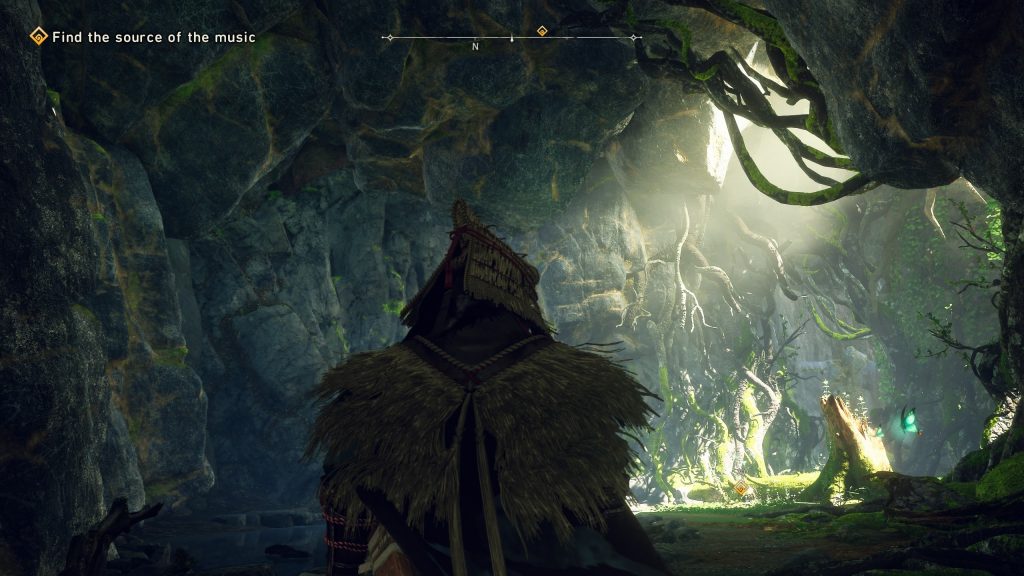
We give chase, jumping over fallen logs and running up another log to get to a cliff. We come across some other hostile creatures and defeat them with our katana. When creatures are taken down, we hold down ‘e’ to do a killing blow which is the method for looting resources from them. Combat with the weapon consists of a light slash with LMB, Lai slash with MMB and pressing ‘f’ will perform a single-handed lunge. After a lengthy chase, we crouch into some reeds and sneak up to the kemono and are given a choice – slay or pat. I felt compelled to pat the creature as opposed to killing it, knowing the game is all about killing monster creatures.
We then hear music which leads us to a character sitting by a campfire who we find out is called Mujina. Later through the story, Mujina makes appearances and I found him to be a mix of Yoda and Mr Miyagi, giving advice but also giggling to himself and talking in riddles. While talking at the fire, he asks us to take out helmet off and this then transitions into the character customisation options. There are numerous options to play with to create the warrior of your choosing. Interestingly, we get to choose our voice, however in my playthrough I never heard the main character use his voice.
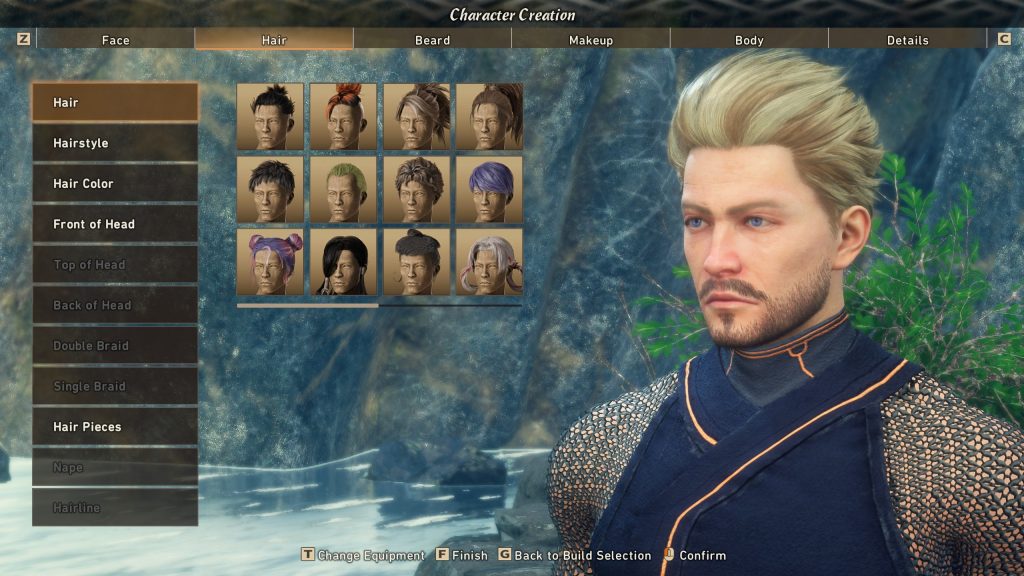
This brings me to a bit of a list of issues I experienced in my playthrough on PC and sounds/voices were a big one. There are lengthy conversations with some characters which works to give reason and backstory. However, at random points in conversations, a character will be halfway through a sentence and then it will skip to the next sentence as if I had skipped it (I didn’t). It then talks the new sentence over the top of finishing the previous sentence. I had subtitles on, otherwise I wouldn’t have understood what was going on. The other sound issues I had were that combat sounds would suddenly switch off. I would be fighting this huge kemono beast in intense combat, then all I would hear is the ambient sounds around me as I get bloodied and bashed in relative silence.
Then there were the graphics issues. The first section of the game up to the first campsite ran relatively smoothly, at least until I got to the snowstorm and fighting the ice wolf. The snow started to fall heavily but then the graphics around me went extremely blurry. If I stopped moving it was ok, but as soon as I moved the mouse to look around, everything was a big blurry mess. I managed to defeat the monster though and got back to the first camp. Then when talking with the character Natsume at camp, textures behind her were popping in and out as the camera moved around slightly. It was really immersion breaking.
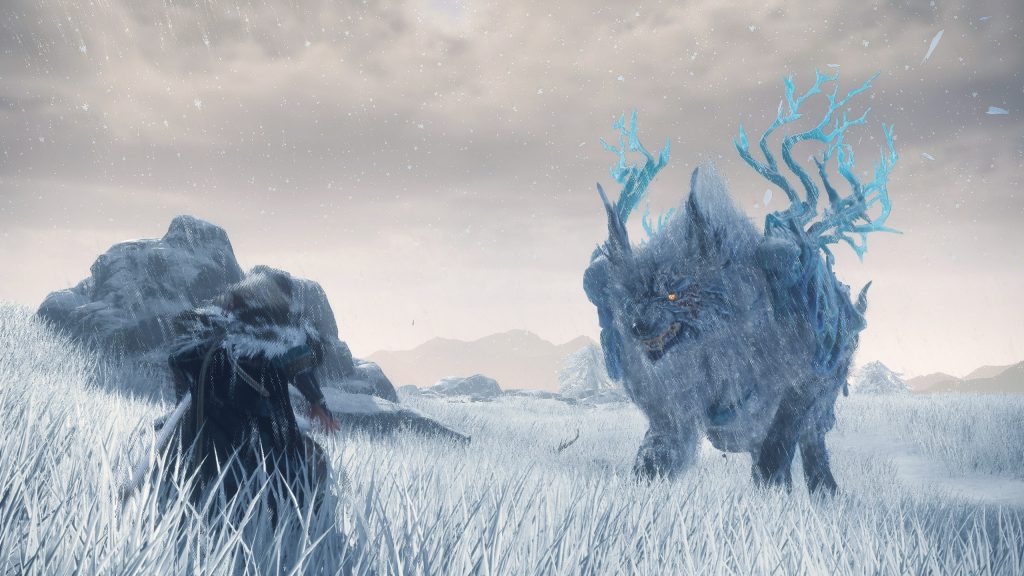
At that point I turned off motion blur and depth of field, and tweaked a couple of other settings which improved the blurriness as well as texture popping. Though there were times, especially when fighting a big monster up close, that the frames would drop from 120 down to around 30. It didn’t make the game unplayable for me as I was just hacking and slashing my way along, but it did affect when I locked the camera to the monster. This almost made the fight unplayable, and the only respite I found was I had to constantly move away from the creature (I had to heal anyway), and then run back into the fight.
Outside of these issues, combat in the game is a heck of a lot of fun, made better because of the diversity of using the karakuri devices, as well as companions. We can use five different weapons in the start of the game, such as the default katana, nodachi axe, a bow, a huge maul and a bladed wagasa which looked like a combat umbrella. Once you get to chapter 2, three other weapons unlock – a hand cannon, claw blade and a staff. Weapons aside, it’s the karakuri devices that made combat exciting for me.
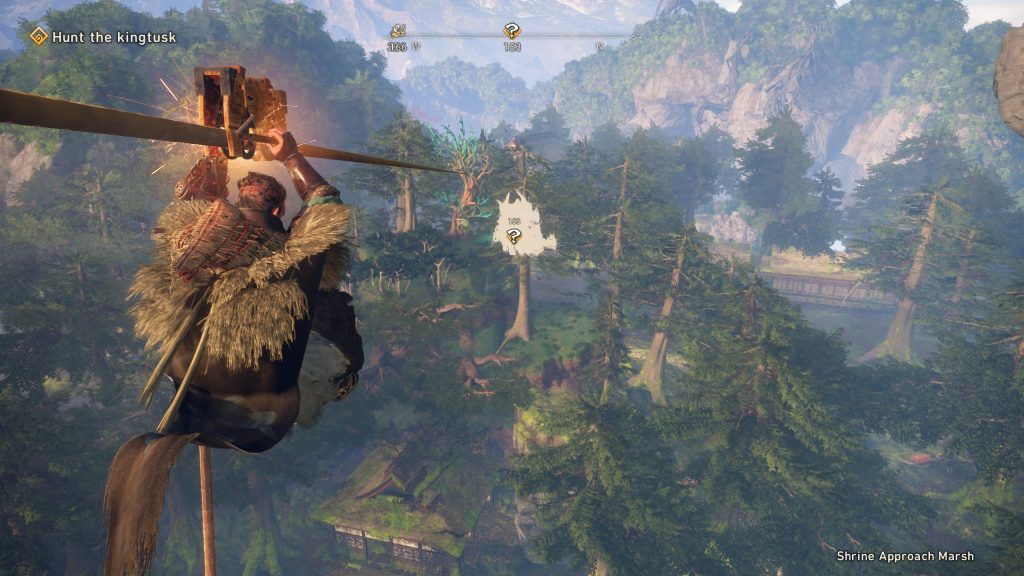
There are three types of karakuri – basic, fusion and dragon. Basic karakuri are ones we build at camps and basic combat structures. We can build crates, stack them high and use those to jump over the kemono and then do a heavy damage slash as we land. You can stack three spings which then become a pummeling hammer-type weapon. There is a torch which we can use to burn down vines but if we dash through the planted torch, it will give us fire damage on our attacks. The spring can be used to dodge or perform enhanced jump attacks, and a glider which helps us stay in the air longer. The roller makes traversing the large landscapes a breeze, and these can be catapulted into kemono for extra damage.
Then come the structure-type karakuri like towers, which can scout out kemono to kill, and flying vines which, when planted and aimed, will shoot a vine across vast distances or up sheer cliff faces. We can climb small cliffs, but given climbing uses stamina, we cannot scale high walls, so the flying vines are ideal. There are many more structures we can build in camps, like a blacksmith table to upgrade weapons and armour, and hunter’s tents for fast travel. You are also limited in how many karakuri you can place in an area, so you’ll need to ensure you activate all dragon pits you come across and upgrade them if you have the resources.
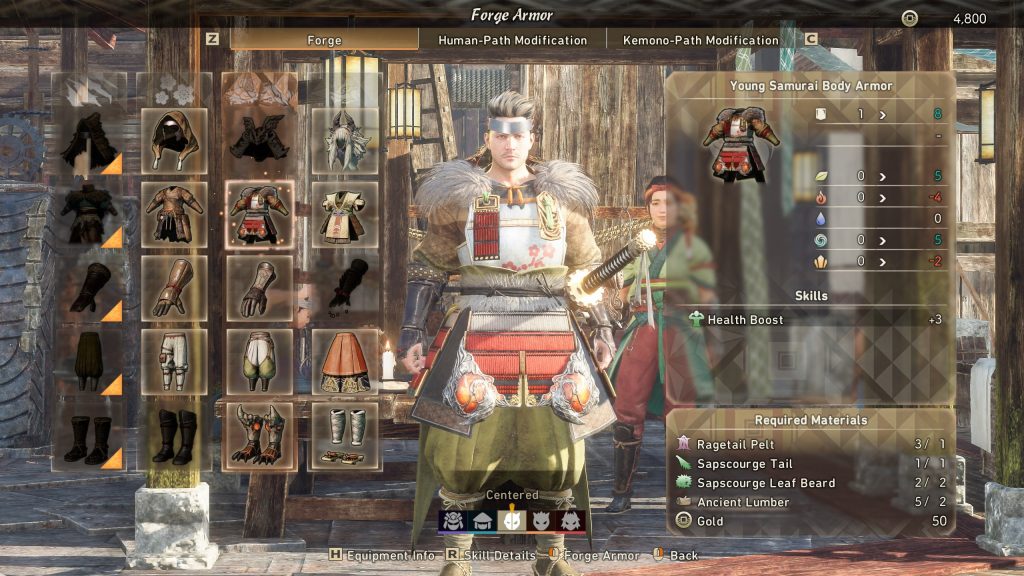
If a particular kemono is defeating you regularly, it is worth looking at what resources you have collected up to that point and whether you have enough to craft some elemental bonuses for your weapons or armour. Some kemono are weak to fire, water and other elements, which you don’t learn until you attempt to fight them. Eating food also gives you various buffs too which I kept forgetting about, so definitely keep checking on which foods you have looted as it could help with survivability.
While the game can be played solo with companions, you can also play with up to two others for 3-player cross platform co-op. I started off fighting solo and finding Tsukumo orbs which become companions, initially acting as distractions while you run to heal or try get a better angle of attack on the kemono. You can upgrade them to gain more celestial threads. Though the game got a whole lot more fun when I played with others in co-op, and this was quite seamless.
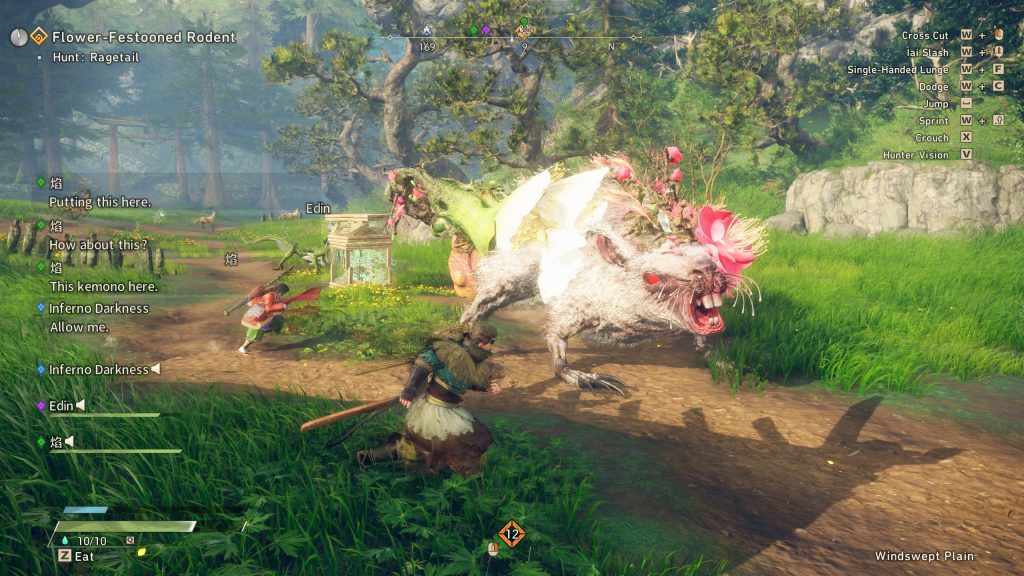
You can form a group in camp at the campfires, however you can also request help by holding down ‘o’ during a fight, and it will put a call out to players. Mid-battle when I thought I was sure to lose the fight, in come two additional players, each with their own unique characters and weapons, and it sped up our damage output so fast. It doesn’t make you invincible, and I have resurrected several players for getting too eager, but man is it much more efficient. I highly recommend playing co-op where you can.
The release of the game isn’t the last of the content for Wild Hearts. The developers have stated there will be free post-launch content, including new kemono, new quests and new karakuri, and best of all – no microtransactions. In March we can expect weapon and armour variations, new subspecies of kemono and more high difficulty quests. In April there will be new deeply volatile kemono, more karakuri options, more difficult quests and more weapon variations. It sounds like this will be a game I return to often throughout the year which is great.
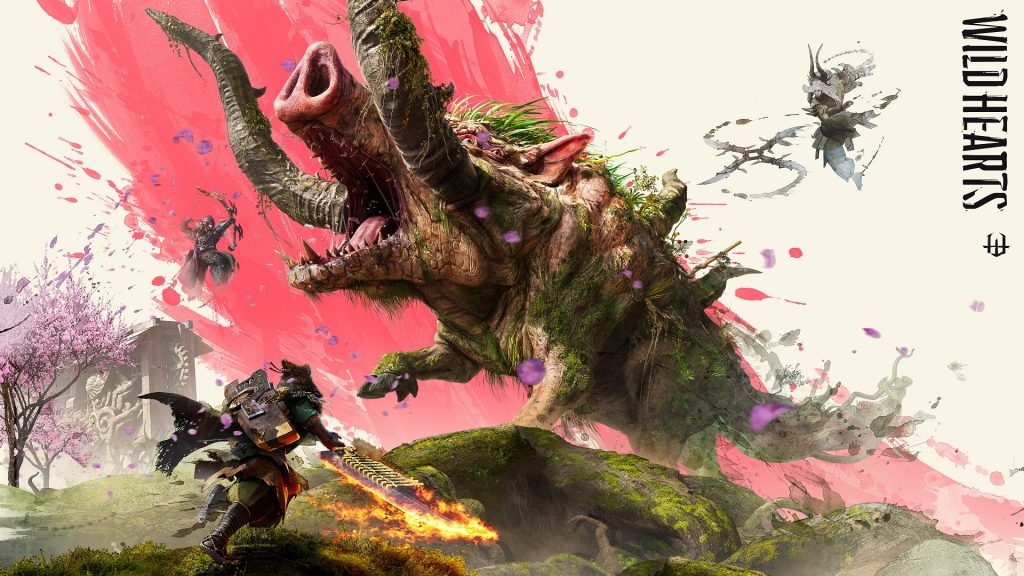
Overall, Wild Hearts is a decent monster hunter game with an awesome feudal Japanese setting and satisfying combat. However, I did experience both sound and graphics issues with my PC review copy. I am hopeful post-release patches can improve on those things because the kemono fights mixed with different karakuri devices is a lot of fun. Even more so when you call in help for 3-player co-op, and this is seamless and cross platform too which is even better.
This review utilised a Steam key provided by EA Australia and Wild Hearts is out now on PC, Xbox and PlayStation.
#roundtablecoop
